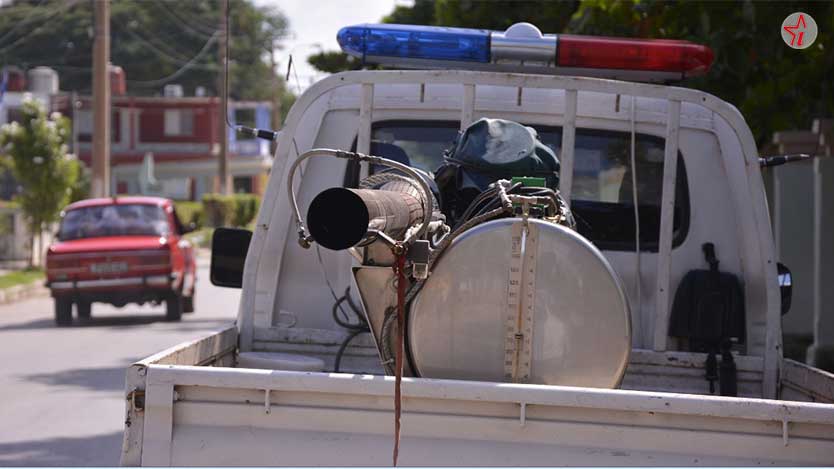
If Dr. José Luis López González, deputy director of Epidemiology in the Provincial Directorate of Hygiene, Epidemiology and Microbiology, maintains that “although a person who is admitted to the home for suspected patient of dengue should be monitored by the health system of their community, the goal is to go to a hospital or isolation center”, it suggests that the protocols are not fully complied with.
Not even because a pandemic like COVID-19 has not yet been given a final goodbye and experience whispers in our ear that tackling problems in time is synonymous with caution.
So one is not surprised to learn that Ciego de Ávila has more febrile cases than income, which places us among the provinces with the highest incidence in the country, when handling statistics between 50 and 65 percent of positivity for the reagents (mono-serums).
“Many people come to polyclinics and hospitals with symptoms suggestive of dengue, but we still have to treat these cases as suspects for COVID-19. They must be isolated to rule out this second disease and, if negative, the other corresponding test is then performed”.
According to López González, individuals with discomfort should go to an isolation center; on the other hand, it happens that in the investigation many deny having them or in the consultations they leave without offering a residence address and, if they do give it, it is not where they really live. A light bulb that lights and blinks needs service.
“An antigen test or a PCR confirms the presence of COVID-19 in a short time; however, for dengue, it is necessary to wait until the fifth day after the onset of the discomfort, the mono-serum is performed and, if positive, the patient becomes suspected of suffering from dengue, but it does not confirm the presence of the disease, because it does not everyone gets the rash.
“This same sample is sent to Havana and it is then a probable case if the positivity persists. After this, a second sample is made 21 days after the symptoms started and this is the one that confirms whether or not there was dengue”.
Given the high numbers of infestation, another aspect that almost confirms the condition is that a considerable number of Ciego de Ávila citizens have already suffered from COVID-19 and were vaccinated with Soberana Plus, so when they come with any symptoms, it is almost impossible that they have the disease SARS-CoV-2 virus again.
Today in the province the trend is to increase; as COVID-19 cases decline, dengue diagnoses rise and, the doctor assures, "this epidemic still does not have the control it needs."
"The detection of Aedes aegypti outbreaks is also on the rise, since more surveillance began than was possible in the midst of the pandemic," hence the municipalities of Ciego de Ávila, Majagua and Morón present the scenarios more complicated in this regard. It is precisely in the urban areas of these territories that epidemiological surveillance is intensified to fumigate the entire universe.
It also refers to the possibility of guaranteeing the entry of all suspects in the Temporary Working Group, but reality shows that, given so many household admissions and others who have dengue fever at home without going to Health institutions, the Aedes aegypti continues to bite freely.




